TOMOETNA, EF2-SI-005 MED-SUV.ISE
|
Project Acronym &Title: TOMOETNA, EF2-SI-005 MED-SUV.ISE
|
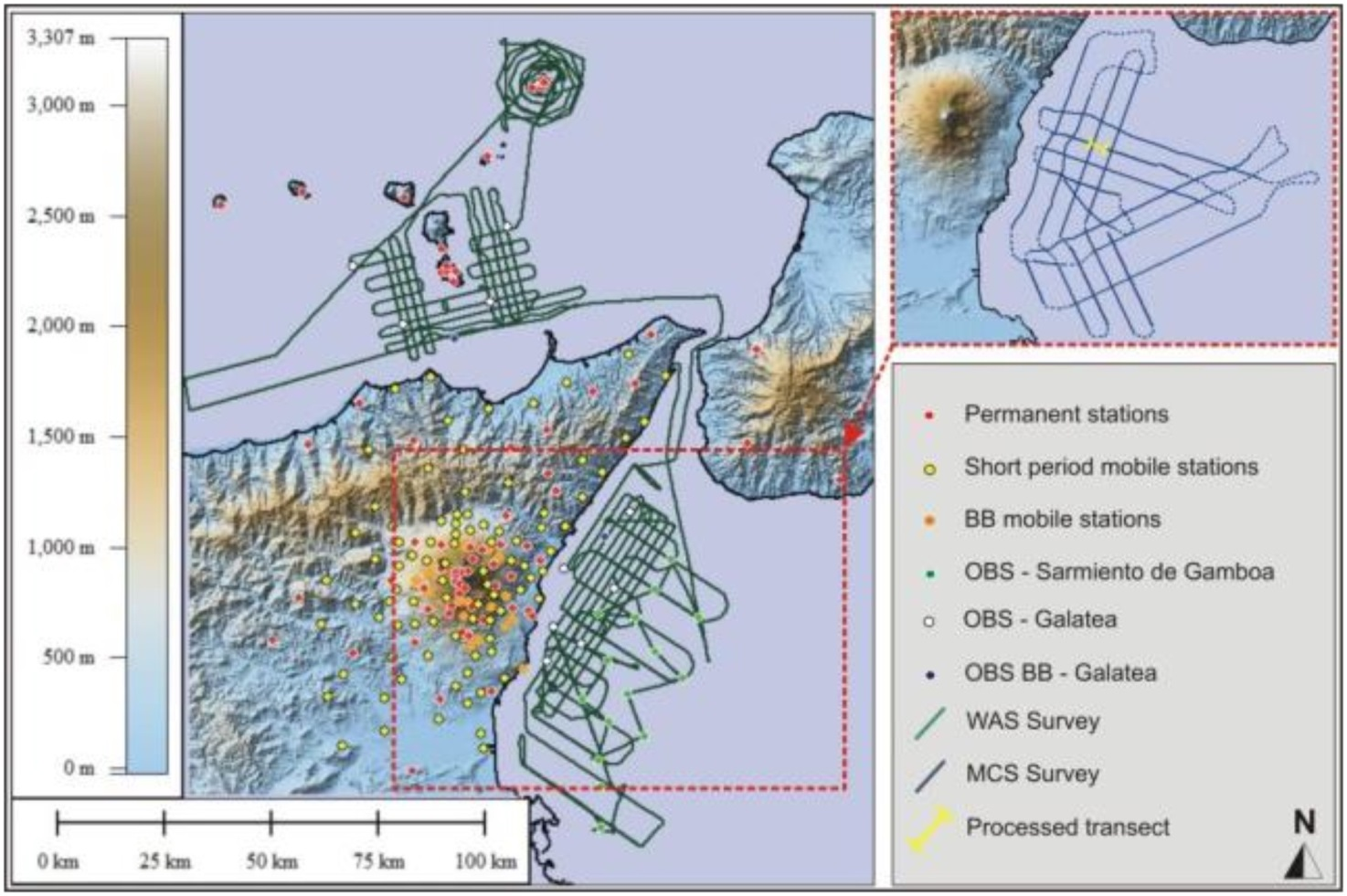 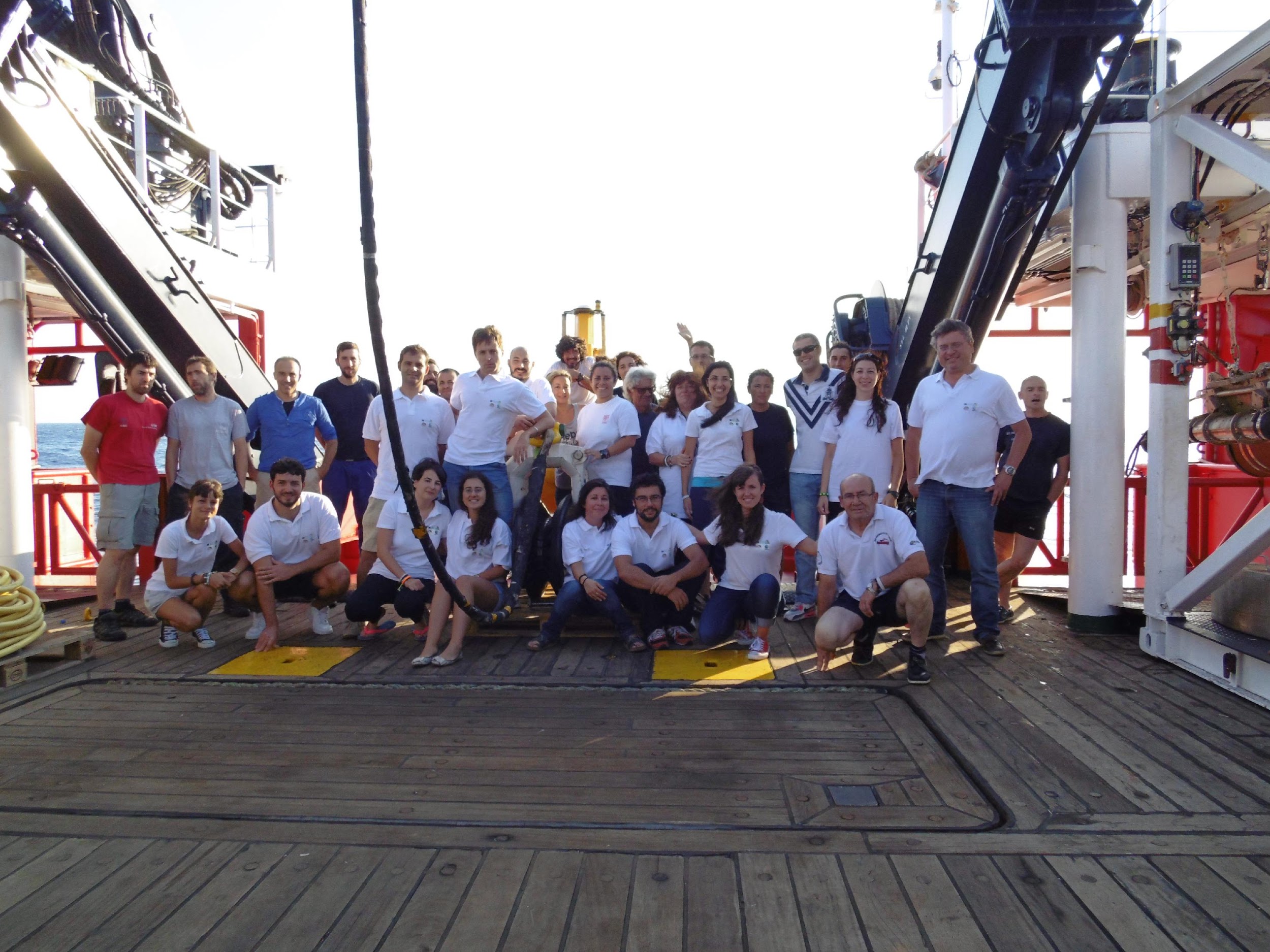 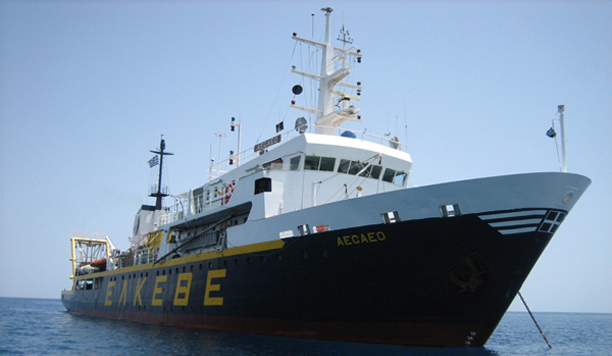 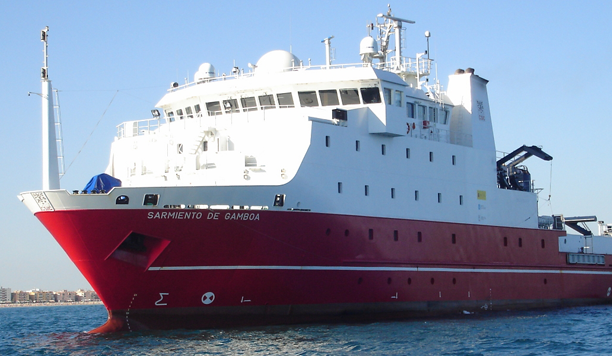 |
|
Prof. Giuseppe Puglisi, Istituto Nazionale di Geofisica e Vulcanología. Osservatorio Etneo. Catania. Italia |
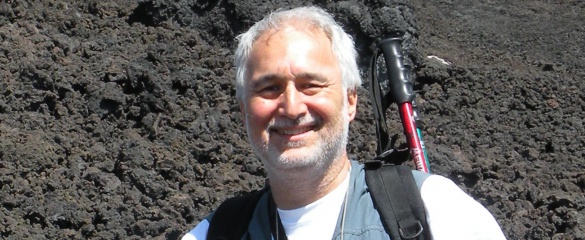 |
Main Objectives
During the last two decades Etna volcano has been studied in great detail. As an important contribution to this effort, the TOMO-ETNA experiment was devised to image of the crust underlying the volcanic edifice and, possibly, its plumbing system by using passive and active refraction/reflection seismic methods. This experiment included activities both on-land and offshore with the main objective of obtaining a new high-resolution seismic tomography to improve the knowledge of the crustal structures existing beneath the Etna volcano and northeast Sicily up to Aeolian Islands. The final goal is to gain a geological and structural model of the crust and to better define the physical processes controlling magma ascent.
In particular, the pivotal points to focus on are described as follows:
– achieving a detailed 3D velocity model of the crust;
– identifying and modeling the MOHO discontinuity in the whole area of interest;
– delimiting the shape and extension of the deep intrusive body known in literature as HVB (High Velocity Body);
– constraining the main lineaments of Malta Escarpment fault system, in order to clarify its possible correlation with Mt. Etna magmatism and its presumed role as a seismogenetic source for some of the large earthquakes that in times affected the Ionian sector of Sicily;
– defining the nature of the inferred Aeolian-Tindari-Letojanni lineament, considered as responsible for an important seismic activity and clarify its correlation with the lithospheric tearing concerning the Ionian slab;
– clarify the nature of the bulge located offshore Mt. Etna (whose interpretation is still controversial), the deep extension of the structure defined as Timpe Volcano and the presumed occurrence of volcanic features on top of the Riposto Ridge;
– constraining the driving mechanism of the seaward gravitational sliding affecting the eastern flank of Mt. Etna.
Work progress and main achievements
|
The TOMO-ETNA active seismic experiment was conducted between June 18th and November 28th, 2014, including both on- and offshore activities. It was coordinated by the University of Granada (Spain) and the Istituto Nazionale di Geofisica e Vulcanologia, Osservatorio Etneo (INGV-OE, Italy). The TOMO-ETNA experiment integrates the European Union project “MEDiterranean SUpersite Volcanoes (MED-SUV)” efforts with the resources of the EU project “EUROFLEETS 2”, and other funding agencies from Italy, Spain, and Germany. In addition, the Italian Navy and the “Dipartimento di Protezione Civile della Regione Siciliana” actively participated in TOMO-ETNA. The Main researcher of the project EF2-SI-005 MED-SUV.ISES was prof. Giuseppe Puglisi from INGV-Catania, Osservatorio Etneo, Italy.
|
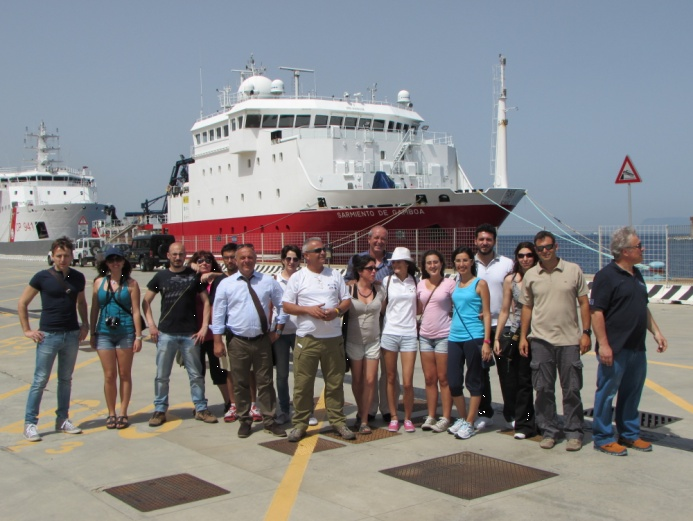 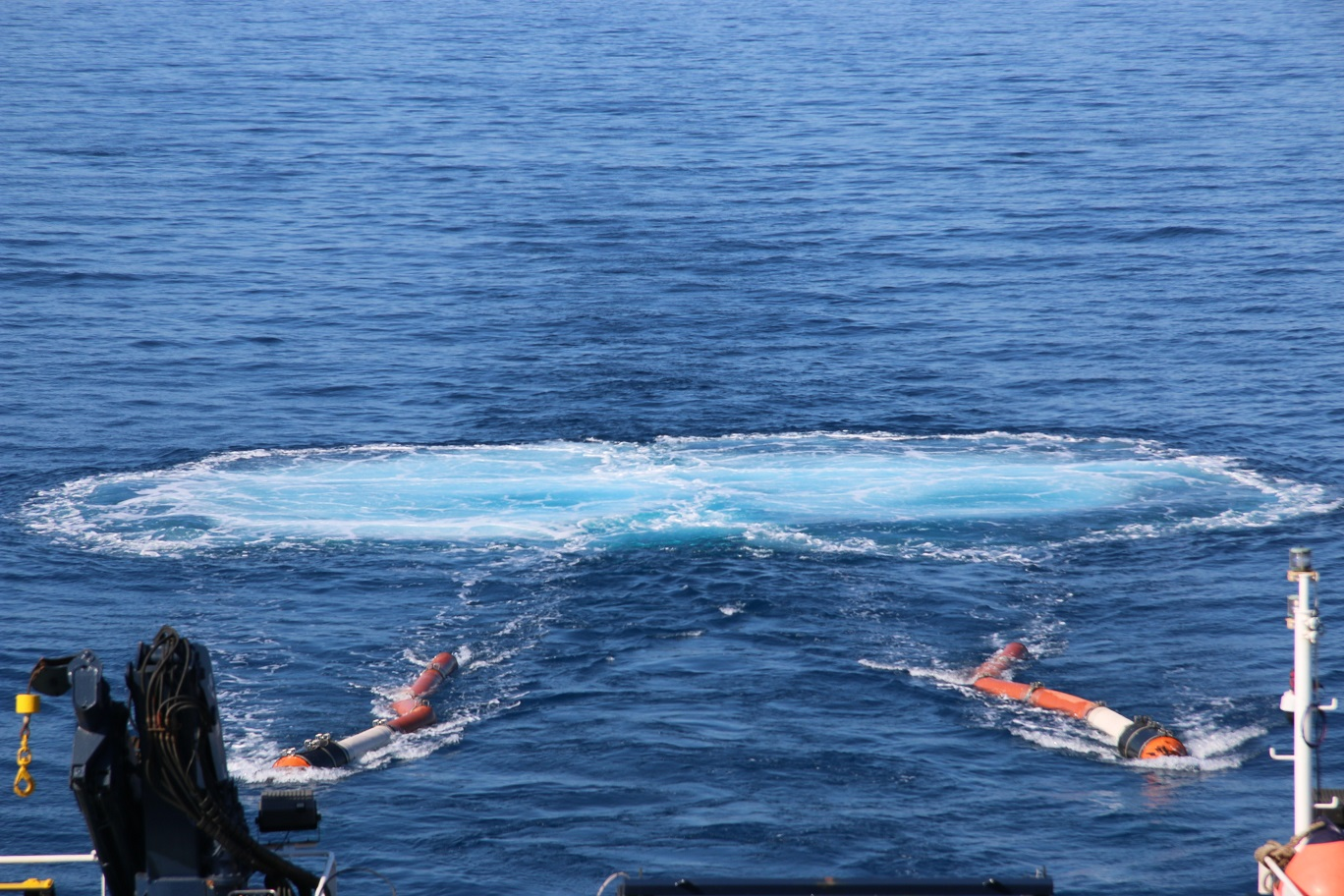 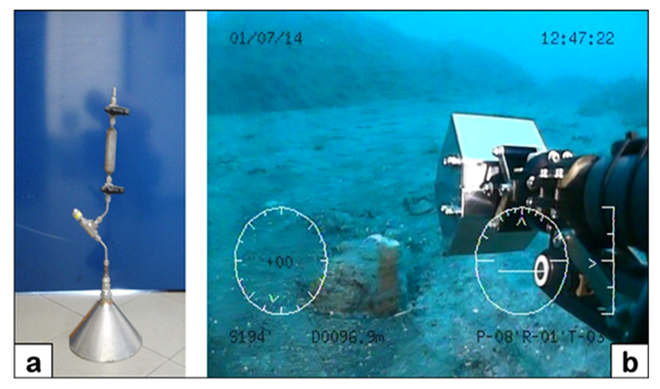 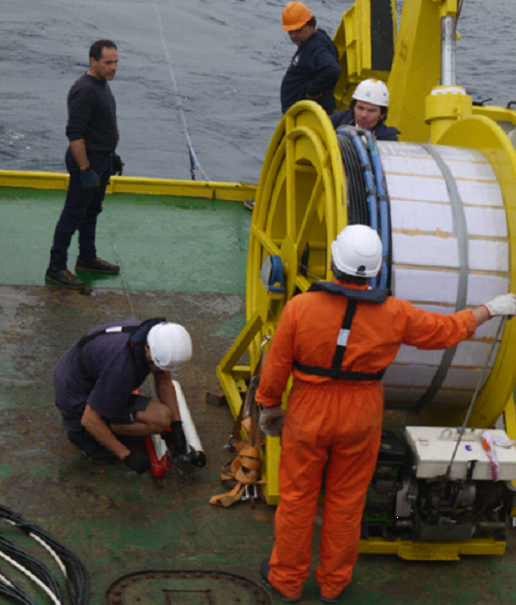 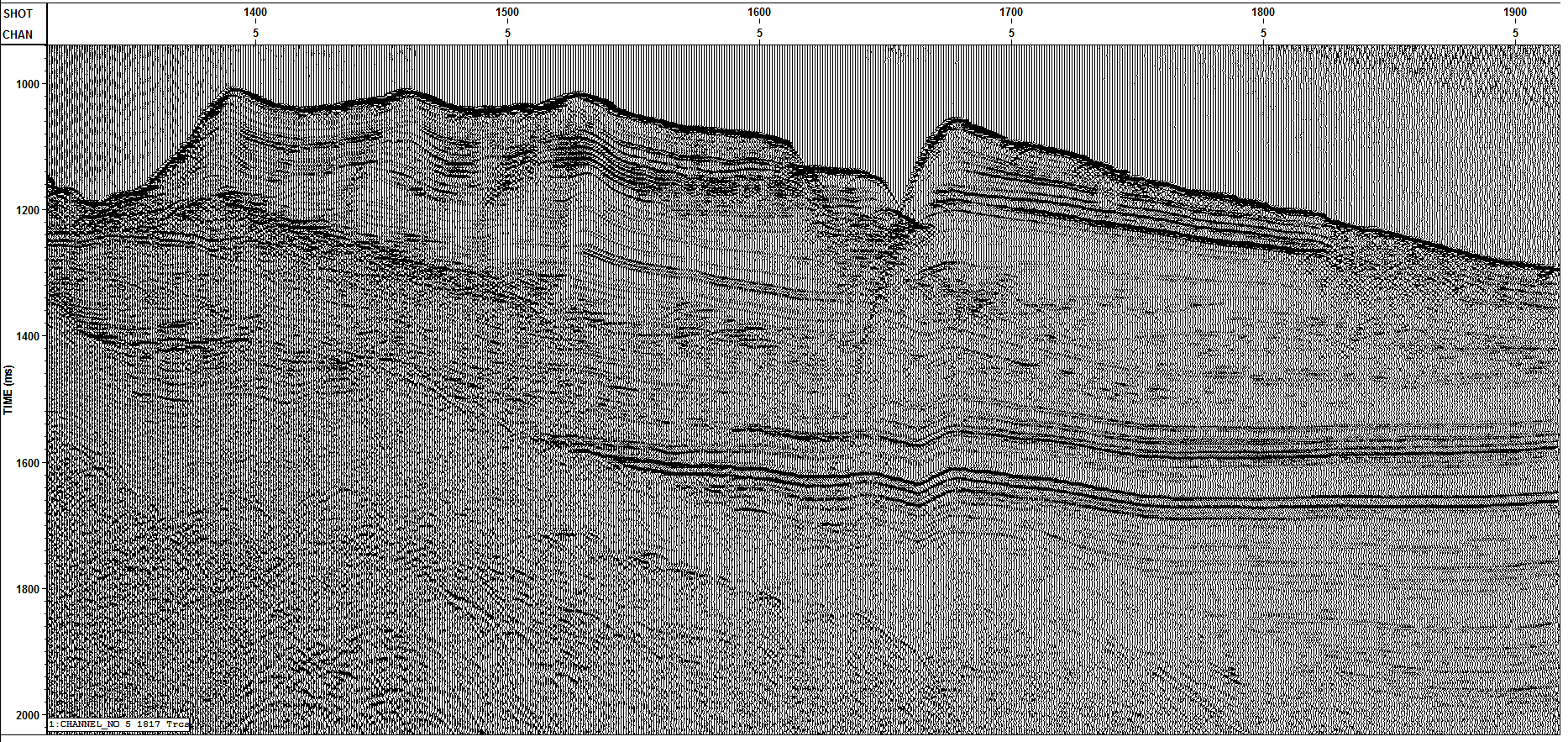 |
For more information:
http://iagpds.ugr.es/pages/proyecto_italia/proyecto_italia_jesus
